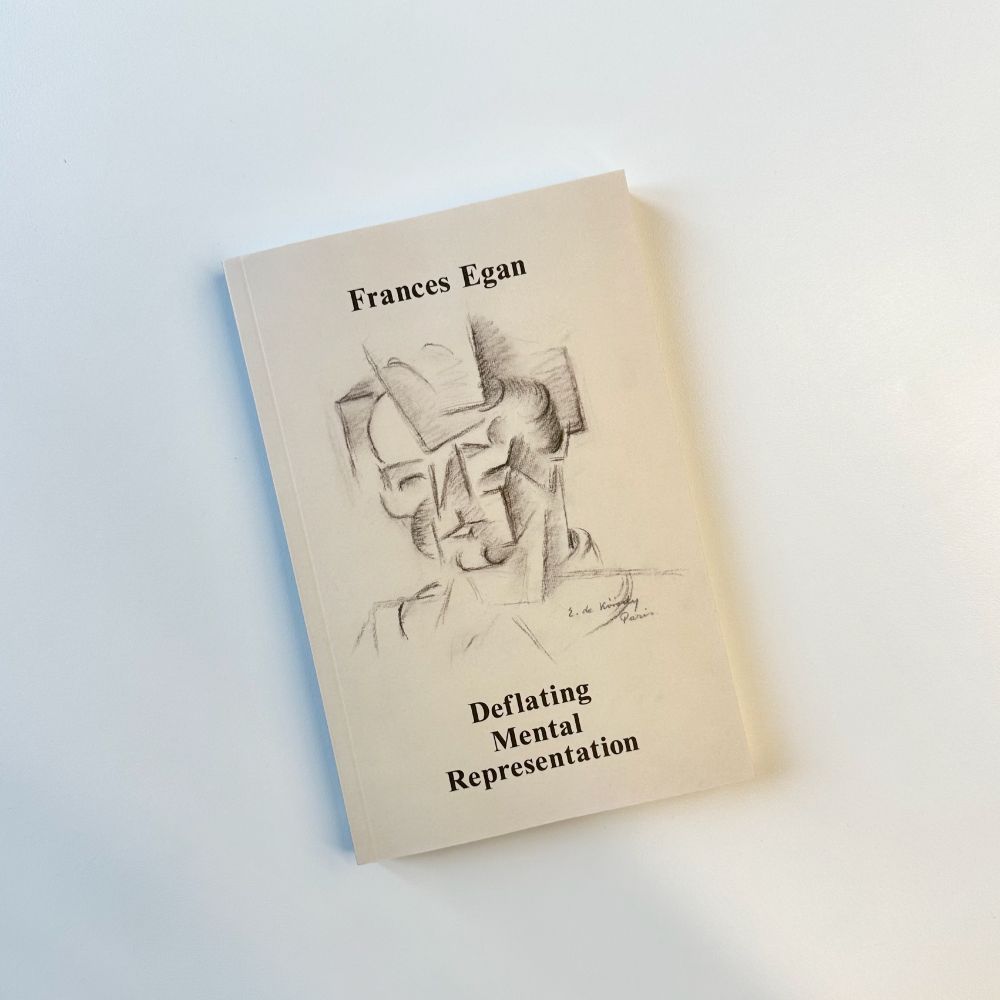Marlo Paßler
@passler.bsky.social
140 followers
380 following
19 posts
Hey there👋 I am a philosopher working on neuroscience of consciousness, cognition, representations, AI, and related stuff!
Posts
Media
Videos
Starter Packs
Pinned
Marlo Paßler
@passler.bsky.social
· Jan 15

Neurophenomenal Structuralism and the Role of Computational Context
Neurophenomenal structuralism posits that conscious experiences are defined relationally and that their phenomenal structures are mirrored by neural structures. While this approach offers a promising ...
arxiv.org
Reposted by Marlo Paßler
Reposted by Marlo Paßler
Marlo Paßler
@passler.bsky.social
· Feb 7
Marlo Paßler
@passler.bsky.social
· Feb 7
Reposted by Marlo Paßler
Adrien Doerig
@adriendoerig.bsky.social
· Jan 15
Marlo Paßler
@passler.bsky.social
· Jan 15

Neurophenomenal Structuralism and the Role of Computational Context
Neurophenomenal structuralism posits that conscious experiences are defined relationally and that their phenomenal structures are mirrored by neural structures. While this approach offers a promising ...
arxiv.org
Reposted by Marlo Paßler
Marlo Paßler
@passler.bsky.social
· Jan 15

Neurophenomenal Structuralism and the Role of Computational Context
Neurophenomenal structuralism posits that conscious experiences are defined relationally and that their phenomenal structures are mirrored by neural structures. While this approach offers a promising ...
arxiv.org
Marlo Paßler
@passler.bsky.social
· Jan 15
Marlo Paßler
@passler.bsky.social
· Jan 15
Marlo Paßler
@passler.bsky.social
· Jan 15
Marlo Paßler
@passler.bsky.social
· Jan 15
Marlo Paßler
@passler.bsky.social
· Jan 15
Marlo Paßler
@passler.bsky.social
· Jan 15
Marlo Paßler
@passler.bsky.social
· Jan 15
Marlo Paßler
@passler.bsky.social
· Jan 15
Marlo Paßler
@passler.bsky.social
· Jan 15
Marlo Paßler
@passler.bsky.social
· Jan 15
Marlo Paßler
@passler.bsky.social
· Jan 15
Marlo Paßler
@passler.bsky.social
· Jan 15






